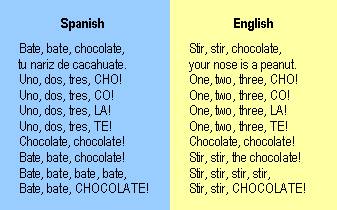Lentils: Comforting Red Lentil Soup
Wednesday, February 24th, 2010This red lentil soup is comfort food.
It takes the edge off a cold, winter day and satiates my panza (belly).
It’s a souped-up tomato soup – made hearty with red lentils and flavorful with my favorite warming spices: ginger, cumin and chile. Several Ethiopian red lentil dishes are similar; this one is more simple.
Last month, I made a jumbo batch for a New Year’s snowshoe group outing. It was a crowd pleaser. After trekking steep hills in gusty winds at 11,000 ft., we huddled near a fire pit warming cold fingers and toes. And, we grubbed! Hot chocolate, hot ginger tea, home-made sweets, grilled spicy sausage on sticks and, yes, red lentil soup. It was a wonderful way to start the New Year – outdoors, warm and belly full.
Red lentils cook faster than other lentils because they are hulled. Although they are referred to as red, they are actually a salmon pink hue. When cooked, the discs turn golden and are delicate, which makes them well-suited for purées or soups.
This lentil soup is a filling main course especially when served with crusty bread. It’s also a nutritious side dish with a sandwich (or sausage on a stick).
Tidbits on Lentils:
- Lentils’ botanical name Lens culinaris means cooking lens, a reference to its convex shape.
- Up until the later part of the last century, lentils and other beans were generally stigmatized as peasant food – they were staples to those who could not afford meat. However, in places like Egypt, there were aficionados who were particularly fond of red lentils. In India, where vegetarianism was prominent, lentils were also integral to diet.
Source: Beans: A History by Ken Albala






